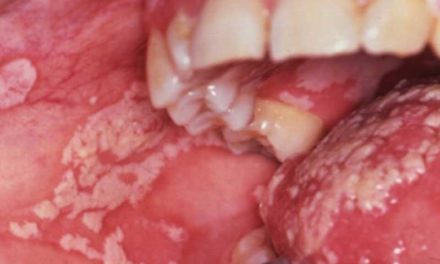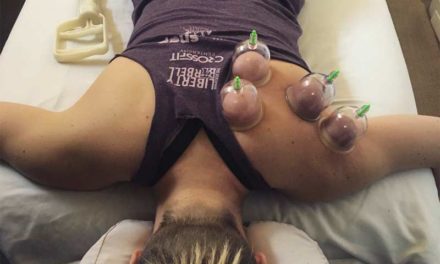Being stressed and over-worked can have adverse effects on mindfulness, on concentrating, on the positive energy and mostly on having a good day. There are a few ways to relax like days off, massages, vacations, but here is an easy way and you only need your lungs and 10 minutes to spare!
The methods are safe, all being adapted from yoga and meditation techniques. Another important tip is not to forget to choose the right moment to take a breath. Sometimes we wait until it’s too late and our mind and body are already fighting back with high blood pressure and anxiety. When you feel like you need to take some time off choose a comfortable place, away from people, for 10 minutes. Your chair, a sofa or even a bed are perfect for this exercise.
So here are the 6 types of technique you can choose from:
- Even breathing – increases focus, reduces stress and helps with falling asleep
How to do it: Start by inhaling through your nose for a count of four, then exhale for another four. If you want, you can try to do this exercises on a count to six or even eight. This exercises is a beginner level of difficulty and will help you focus on the breathing and take your mind off other thoughts.
- Abdominal Breathing – reduces the heart rate and high blood pressure, releases high-stress levels
How to do it: Put one hand on your chest and the other on your stomach, then take a deep breath through your nose. Make sure your diaphragm inflates so your lungs stretch. This exercise is also a beginner level and can be done for six to ten times to succeed full effect. It can be done before stressful events, exams or presentations.
- Progressive Relaxation- helps with anxiety, releases tense muscles
How to do it: To eliminate tension in your entire body close your eyes and focus on tensing and releasing each muscle group for two to three seconds each. Start with your feet and toes, then move up to your knees, thighs, glutes, chest, arms, hands, neck, jaw, and eyes. Do this while maintaining deep, slow breaths inhaling through the nose and exhaling through the mouth. Do not hold your breath because the aim is not getting dizzy. It is a medium level exercises.
- Alternate Nostril Breathing- helps you focus, makes you feel awake, energy booster
How to do it: Start in a comfortable pose, it can be a meditation pose. Hold your right thumb over the right nostril and take a deep breath through the left nostril. At the peak of your inhalation, close off the left nostril, then exhale through the right nostril. Continue this pattern for a few minutes. Because it is a medium level exercises to bring energy it’s not recommended to be done before going to sleep.
- Guided Visualization- helps with broad focus, releases stress
How to do it: For this exercises a private place is recommended, also you need a therapist or a guide. Breathe profoundly while concentrating on fun, positive images to substitute any negative thoughts. Listen to the voice. It is one way of achieving mindfulness because it helps you focus through guided visualization. This medium level exercises has to be done at home in a safe place.
- Skull shining breathing – releases frustration, stress
How to do it: The purpose is to refill with positive energy from the inside. Begin with a long slow breath followed by a quick, powerful exhale generated from the stomach. Once you get used to the process, speed up and inhale-exhale through the nose every one to two seconds, for a total of 10 breaths. You can do this exercises in the morning to wake up. This is an advanced exercise so you can try it after mastering the other 5 breathing techniques.
Resources:







